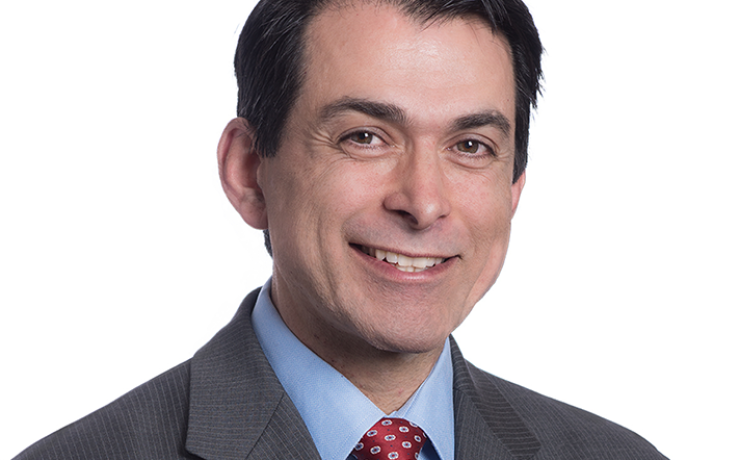After a lackluster 2022, the pipeline for public-private partnership deals may fatten this year as federal infrastructure funds flow and the industry develops novel structures to manage risks from inflation and rising interest rates.
That's the top-line view from law firm Husch Blackwell, which Tuesday released its
Sectors poised for action include higher education, energy services, electric vehicle charging stations and transportation projects that are in line for targeted funds from Infrastructure Investment and Jobs Act, said Charles Renner, a partner who chairs the firm's public-private partnership team.
The industry is increasingly turning toward so-called

After a brisk 2021 that notched a record number of P3 closings, last year's activity turned sluggish, with only 16 projects reaching financial close, due mostly to macroeconomic challenges like rising interest rates, inflation and material and labor scarcity, the firm said. The year saw the fewest P3 financial closings since 2018, though the year-end volume of $6.2 billion "easily eclipsed" 2021 volume due to
Many of the economic challenges linger, but sponsors are opting to move forward with projects anyway, in part to take advantage of the flow of infrastructure funds, Renner said.
"This is not a storm that everyone is going to wait to pass. It's important to get movement, because the volatility is almost exclusively pushing things to the more expensive, more difficult level," Renner said. "The availability of the federal infrastructure fund act to contribute to project priorities is significant, and there's a competition to make use of those resources as they become available."
Many of the IIJA funds are allocated through competitive grant programs, which tend to move on a slower timeline than formula funds, the report said. Certain provisions in the law, like the
Progressive P3s or predevelopment agreements, in which procurement, project scope and pricing and financial structures are undertaken simultaneously, help the economic uncertainties that are hindering infrastructure finance, Renner said.
The way to compete with volatility is "with time," Renner said. "If you can shrink the time to deliver based on pricing and rates, then you have certainty," he said. "That's always been one of the advantages for this delivery model," he said, "and we're starting to see a little bit of that on the second half of the Covid cycle."
The Travis County Civil and Family Courts Facility in Texas is a recently closed example of a progressive P3, said the firm, which was developer's counsel on the project.
Higher ed remains an active P3 space, with issuers in Wisconsin, Texas, Kansas and Georgia all considering progressive delivery models for various purposes from new medical facilities to energy services, Renner said.
"We're seeing more and more of these throughout the last 24 months," he said.
Universities entering into P3s for their energy services has also been a trend, with Northwestern, Louisiana State and the University of Idaho all closing deals recently. Municipalities are now starting to consider the idea, Renner said, noting that Kansas City has floated an RFP for solar at its airport.
The IIJA's $7.5 billion for electric vehicle charging stations
Elsewhere in the pipeline, New York's Metropolitan Transportation Authority, the largest transit agency in the U.S., may close on its first P3 deal this year, the firm said.
"We anticipate more first-time grantors in the P3 space helping to bolster the pipeline of P3 projects, especially as more states authorize P3s through legislative initiatives," the report said.





